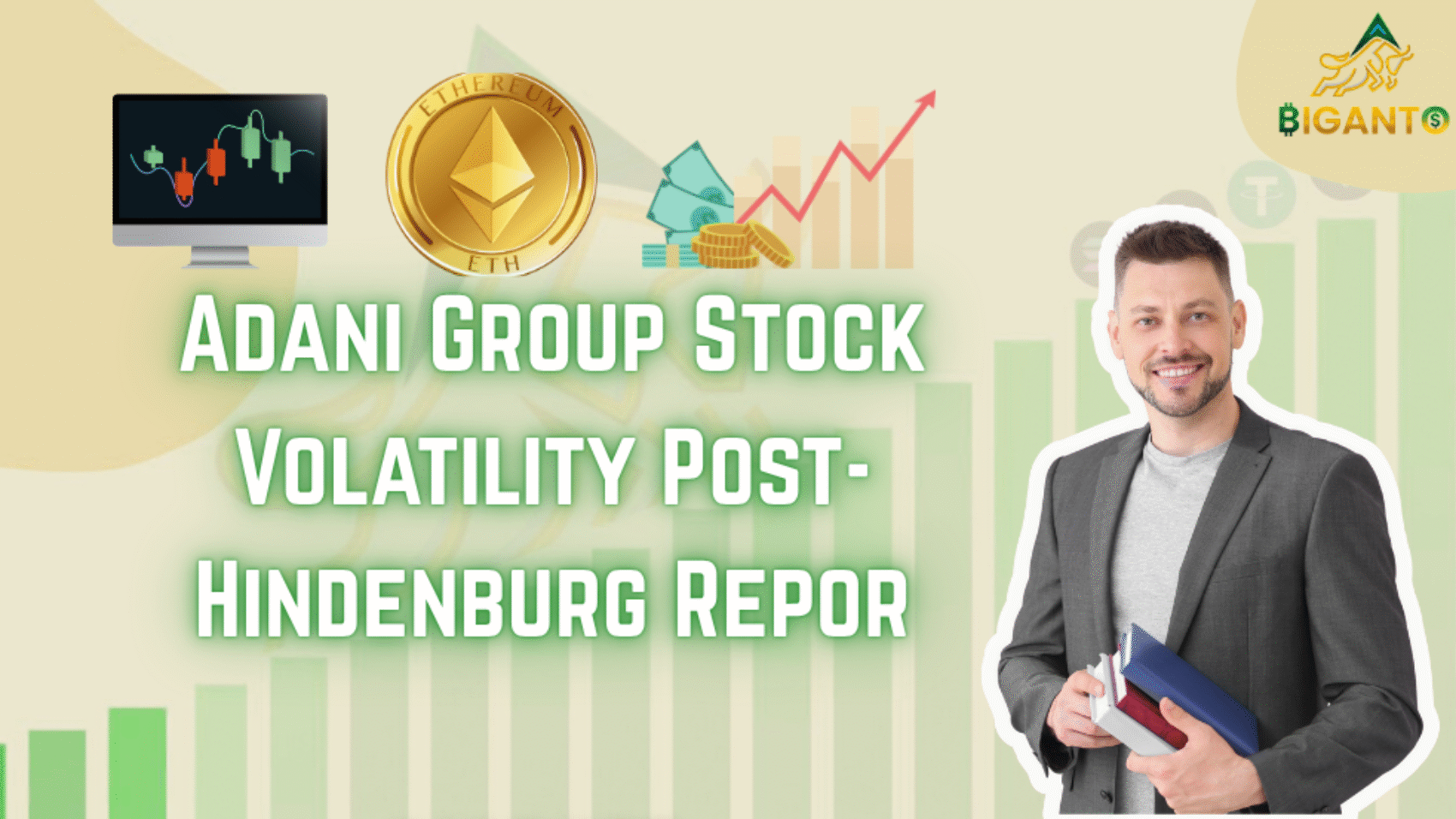Introduction
In a shocking study published on January 24, 2023, U.S.-based short-seller Hindenburg Research accused the Adani Group of decades of “brazen stock manipulation and accounting fraud.”
Global financial markets were immediately rocked by the story, which damaged investor confidence and led to a massive sell-off. One of the most significant declines in wealth in the history of corporate India occurred when the Adani Group companies jointly lost around $150 billion in market value in a matter of weeks.
However, in a stunning turnabout, shares of the conglomerate’s core business, Adani Enterprises, totally recovered, returning investor money and demonstrating resilience in the face of tremendous pressure. However, the harm to one’s reputation was not entirely repaired by this recuperation. The Adani Group’s reputation is still shaped by the shadow of the Hindenburg accusations.
The case is still pending, and new allegations were made as recently as August 2024, which further muddies the waters. Furthermore, uncertainty lurks once more as Hindenburg Research raises the possibility of another exposé aimed at Indian corporations. The main query still stands: Can the Adani Group maintain investor confidence and long-term financial momentum in the face of ongoing disputes and regulatory scrutiny?
Hindenburg Report on Adani Group Companies in 2023
Hindenburg’s Adani Group Report
On January 24, 2023, Hindenburg Research, a forensic financial research organization based in the United States that specializes in examining Western corporations such as Nikola Motors and Genius Brands, made news in India with its damning study on the Adani Group. Hindenburg said in the study that the conglomerate was planning the “largest con in corporate history,” citing decades of accounting problems, offshore shell company use, and massive stock manipulation. Importantly, Hindenburg also revealed that it has short holdings in Adani Group companies through derivatives and U.S.-traded bonds, indicating a strong conviction that the equities were highly overpriced and about to drop. This revelation strengthened the international focus on the Adani Group’s financial operations and gave credence to its pessimistic outlook.
Key allegations in Hindenburg Report
1. Fragile Liquidity and a Structure Heavy on Debt
Five of the seven large listed Adani companies, according to the report, had current ratios below 1, meaning that their short-term liabilities were more than their current assets. This suggested a business model that was unduly dependent on aggressive leverage rather than sound cash flows, raising questions about the group’s liquidity and ability to service short-term debt.
2. Untrustworthy Backgrounds & Leadership
The investigation questioned the legitimacy of the top executives of the Adani Group, claiming that several of them had a history marred by charges of duty evasion, fraud, and other regulatory infractions. This created concerns about internal governance and eroded investor confidence.
3. Adani Shares Were Too Expensive
The report claimed that Adani Group stocks were heavily overpriced compared to similar companies. For example, Adani Enterprises had a P/E ratio 42 times the industry average, and Adani Total Gas had a price-to-sales ratio 139 times higher. These numbers suggested the stocks were trading at unrealistic valuations.
4. Alleged manipulation of stock prices using wash trades
Wash trading, a tactic when connected entities buy and sell the same shares to produce false trading volume, may have supported the inflated stock prices by creating artificial demand, according to Hindenburg. It would have been possible to artificially maintain bullish momentum and boost prices using this approach.
5. Same Group Controlling Public Shares Too
A major concern raised was the effective control of public float through undisclosed or related-party shell companies. While promoter holdings in many Adani companies were already close to the 74% regulatory ceiling, the report alleged that many of the remaining shares were held by foreign entities closely linked to the Adani Group, further tightening control and limiting genuine public ownership.
Impact of Hindenburg Research’s Report
Hindenburg Research published a scathing report accusing the Adani Group of financial misconduct and stock manipulation. This report triggered a sharp decline in the stock prices of Adani Group companies, with some plummeting by as much as 83 percent.
1. Adani Ports
The stock experienced a 48% plunge to ₹395 on the Hindenburg report. On May 23, 2023, it recovered to its pre-report level after 119 days. The closing price of Adani Ports as of August 9, 2024, is ₹1,534, which is a 101% increase over the closing price at the time the piece was published.
2. Adani Power
The stock went from being worth 275 to 132, a 52% decrease. But since the research report was published, its worth has more than doubled.
3. Adani Enterprises
Following the publication of the Hindenburg report, Adani Enterprises’ stock fell by about 70%, reaching a low of ₹1,017. By May 23, 2024, it had fully recovered and recovered the majority of the investor wealth that had been lost. Just 6% below its pre-report level, the stock was trading at about ₹3,188 on August 9, 2024.
4. Adani Total Gas
The biggest decline was seen by Adani Total Gas, which fell more than 80% to a low of about ₹540. Due to low market activity and worries about valuation, the stock has had difficulty recovering. As of August 2024, it was trading about ₹800, still 60–65% below its pre-Hindenburg peak of ₹3,900.
5. Green Energy Adani
Adani Green Energy’s stock fell around 65%, reaching a low of ₹439. Moderate recovery has been aided by tailwinds from renewable energy. The stock recovered almost 50% of its decline by August 2024, reaching between ₹950 and ₹1,000, but it was still below the pre-crisis peak of about ₹2,000.
6. The Special Economic Zone and Adani Ports (APSEZ)
Of the group, Adani Ports was one of the least affected. The stock dropped between 30 and 35 percent, reaching a low of about ₹395 in February 2023. Strong fundamentals and consistent cash flows helped it to recover more quickly. By August 2024, the stock had risen above its pre-Hindenburg level and was trading between ₹830 and ₹850.
7. Wilmar Adani
The FMCG division, Adani Wilmar, saw a 40–45% decline from its peak, down to ₹327. Since then, the recovery has been slower as investors’ attention has switched to key infrastructure industries and the consumer sector has grown modestly. The stock was trading between ₹480 and ₹500 as of August 2024, still below its peak but steadily rising.
Institutional Investor Reaction to the Hindenburg Crisis
The Hindenburg report not only shook retail investors but also brought major institutional investors under scrutiny, especially those heavily exposed to Adani Group stocks.
The Indian Life Insurance Corporation, or LIC
The biggest institutional investor in India, LIC, has invested more than ₹30,000 crore in many Adani Group businesses. LIC experienced political and public criticism for its high level of exposure following the Hindenburg report, particularly during the precipitous stock collapse. LIC maintained its stance in the face of criticism and made it clear that its investments were conducted in accordance with recognized risk management systems. By late 2023 and early 2024, LIC’s notional losses were drastically decreased as Adani equities, especially those of Adani Enterprises and Adani Ports, recovered.
Global Asset Manager located in the United States, GQG Partners
In March 2023, GQG Partners made a daring investment of $1.87 billion (about ₹15,000 crore) in four Adani businesses: Adani Enterprises, Adani Green, Adani Transmission, and Adani Ports. GQG’s entry was seen as a show of confidence in the group’s long-term fundamentals at a time when the majority of investors were pulling out. This transaction was crucial in stabilizing market sentiment and bolstering the group’s international comeback story.
Investors in foreign portfolios (FPIs)
Global worries about governance, transparency, and valuation were reflected in the FPIs’ heavy withdrawal from Adani stocks immediately following the study. A large number of institutional investors delayed or decreased their investments. However, by late 2023, FPI activity had stabilized as a result of the group’s actions, such as debt repayment and reducing promoter pledges, and by early 2024, some foreign funds had selectively returned.
Crisis Management and Recovery Strategy
Cancellation of FPO and Strategic Reaction
Adani Enterprises launched a fully subscribed ₹20,000 crore FPO just before the Hindenburg report. However, because the issue price was significantly higher than the declining market price, the business unilaterally canceled the FPO during the stock crisis, citing investor protection.
The group recruited international law and public relations firms to handle the crisis and paid back $1.1 billion in loans to lower promoter share pledges in an effort to rebuild trust. These calculated actions assisted in limiting the harm and established the groundwork for a slow restoration of market confidence.
Final thoughts
The Adani Group’s credibility, resiliency, and long-term viability were all put to the test by the Hindenburg report, which was more than just a financial shock. The group saw one of the biggest declines in market value in Indian corporate history, but it also recovered remarkably, especially in flagship businesses like Adani Enterprises and Adani Ports.
Adani was able to limit the damage and start restoring investor confidence by taking calculated measures like canceling the FPO, prepaying the loan, and obtaining institutional support from international investors. But the incident has irrevocably changed how the group is perceived, with a stronger focus now being placed on governance, transparency, and regulatory monitoring.
The Adani story continues to be a compelling case study in financial strategy, crisis management, and market perception despite ongoing legal investigations and international scrutiny. In addition to the fundamentals, the group’s ability to sustain its growth trajectory and regain the full faith of investors will depend on how responsibly it handles the future.

